Royan Architecture Month showcases French modernism by the sea
Royan Architecture Month 2024 launches in the French city, where many travel to see midcentury builds by the sea, from Notre Dame church to Palais des Congrès
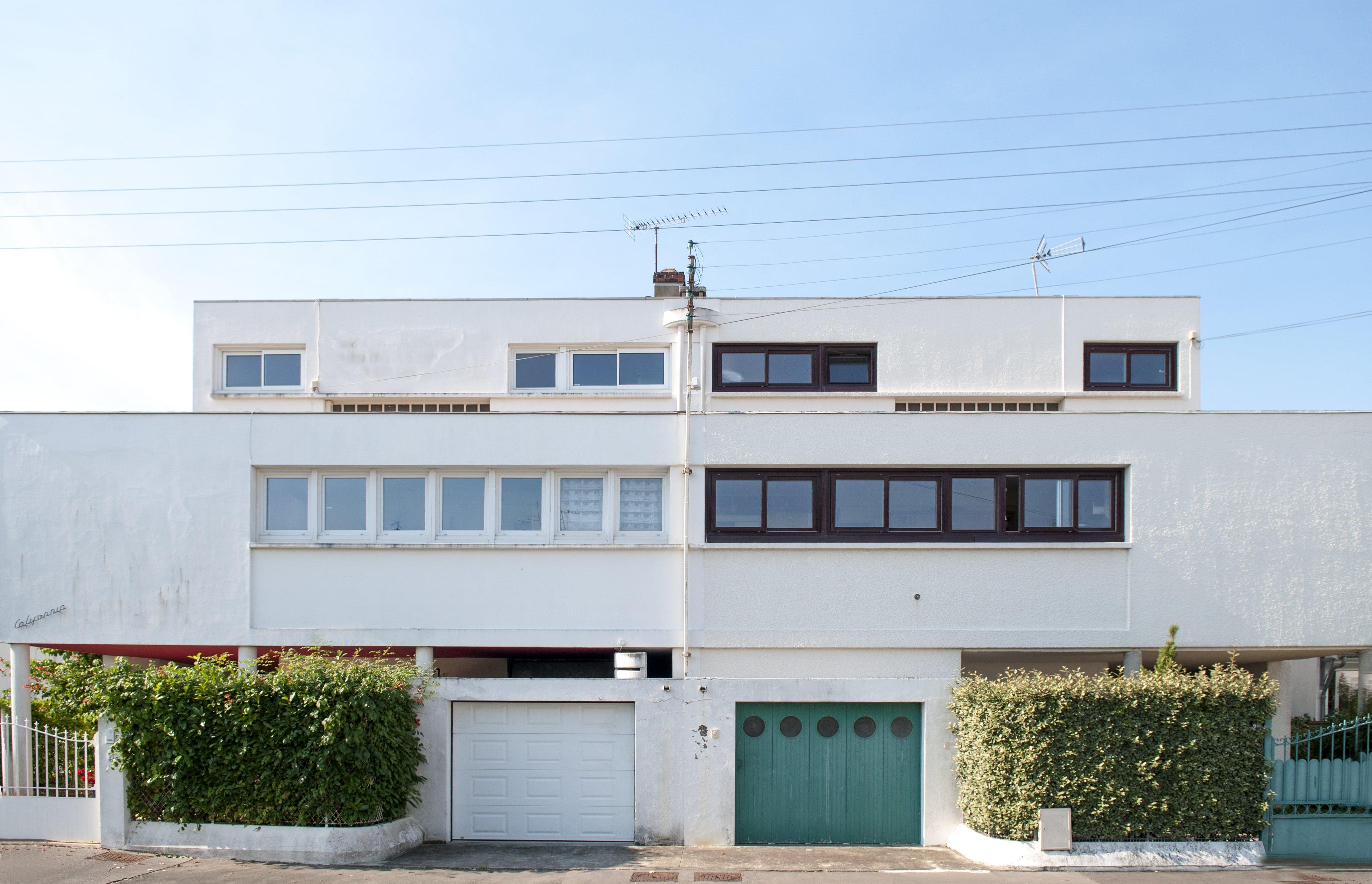
Every year in April, Royan Architecture Month celebrates 'The Most 1950s City in France'. For the 2024 festival, some 2,000 visitors are expected to visit Royan's rich modernist heritage during the event's 12th edition. The programme will focus on the city’s preserved, post-war, modernist architecture monuments, including the Notre Dame church and the Palais des Congrès, as well as current restoration projects in the midcentury realm, such as its clam-shaped central market, the Jules Ferry school, and the creation of the Municipal Technical Centre.

Royan Architecture Month
A key addition to this year’s festival is the offering of guided tours of the Palais des Congrès, which unveiled its makeover in June 2023. The restoration took three years, 25 regional companies, and was led by Claude Ferret, the son of the original architect and father of modernist Royan, Pierre Ferret. Its playful, perforated façade remains intact with Jean Prouvé-designed panels in Vermeer grey and yellow.
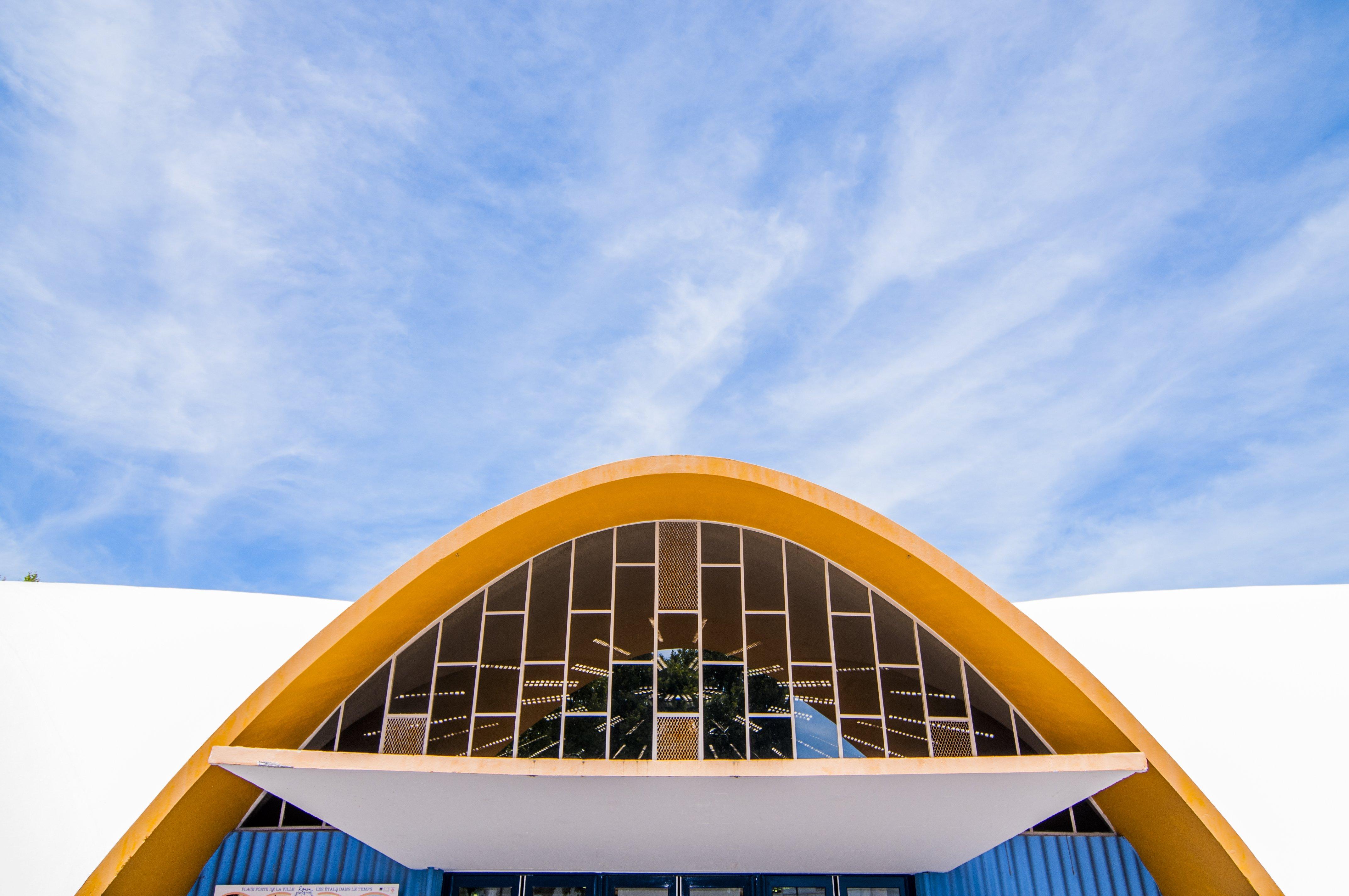
Marché central dome taken in 2016
Another focal point is a series of organised visits to the Royan market, led by its restoration architects, Benoît Meriac and Carole Le Maréchal of Nadau Architecture. 'The Royan market is a shell, its shopping life and its local products are its pearl,' says Royan’s heritage foundation on a website that has raised €92,000 of the €100,000 goal to restore what they also call the nerve centre of their walkable city. Inspired by Oscar Niemeyer's architecture, the market was built in 1956.

Palais des Congrès
Participants in the events include Caroline Mazel and Gilles Ragot, both Bordeaux-based architecture teachers, and Richard Klein, the president of the modernist preservation non-profit Docomomo. Lectures touch upon topics such as the Australian architect and 2002 Pritzker Prize winner Glenn Murcutt; how Royan’s architecture differs from greater France; and how the city offers a unique variation of Le Corbusier’s architecture definition, 'the learned, correct, and magnificent play of volumes assembled in light'.
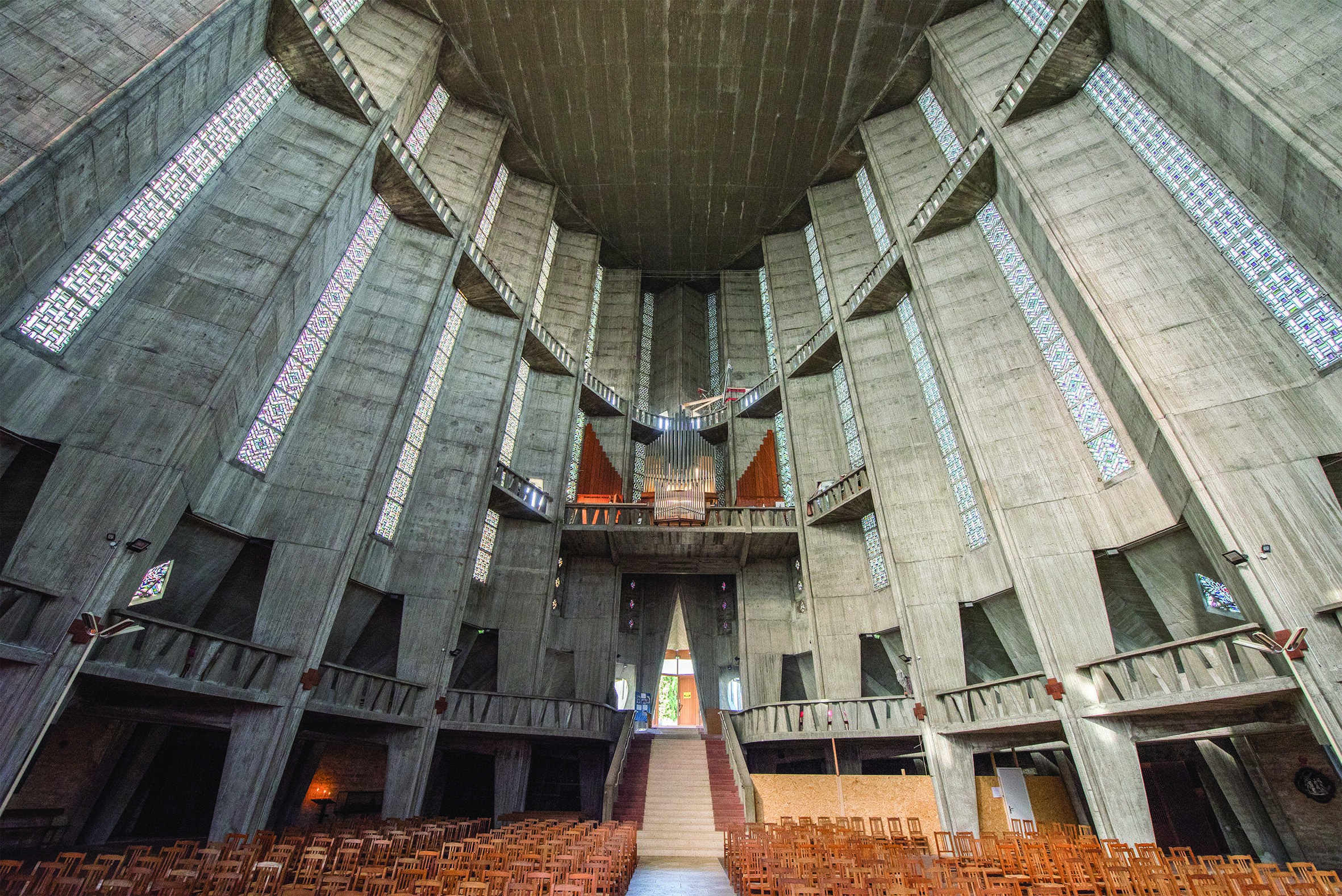
'We are working with the mayor and banding with other mid-sized European coastal cities with modernist collections to raise awareness and protect our buildings,' said Royan deputy mayor Nadine David, who oversees cultural heritage.
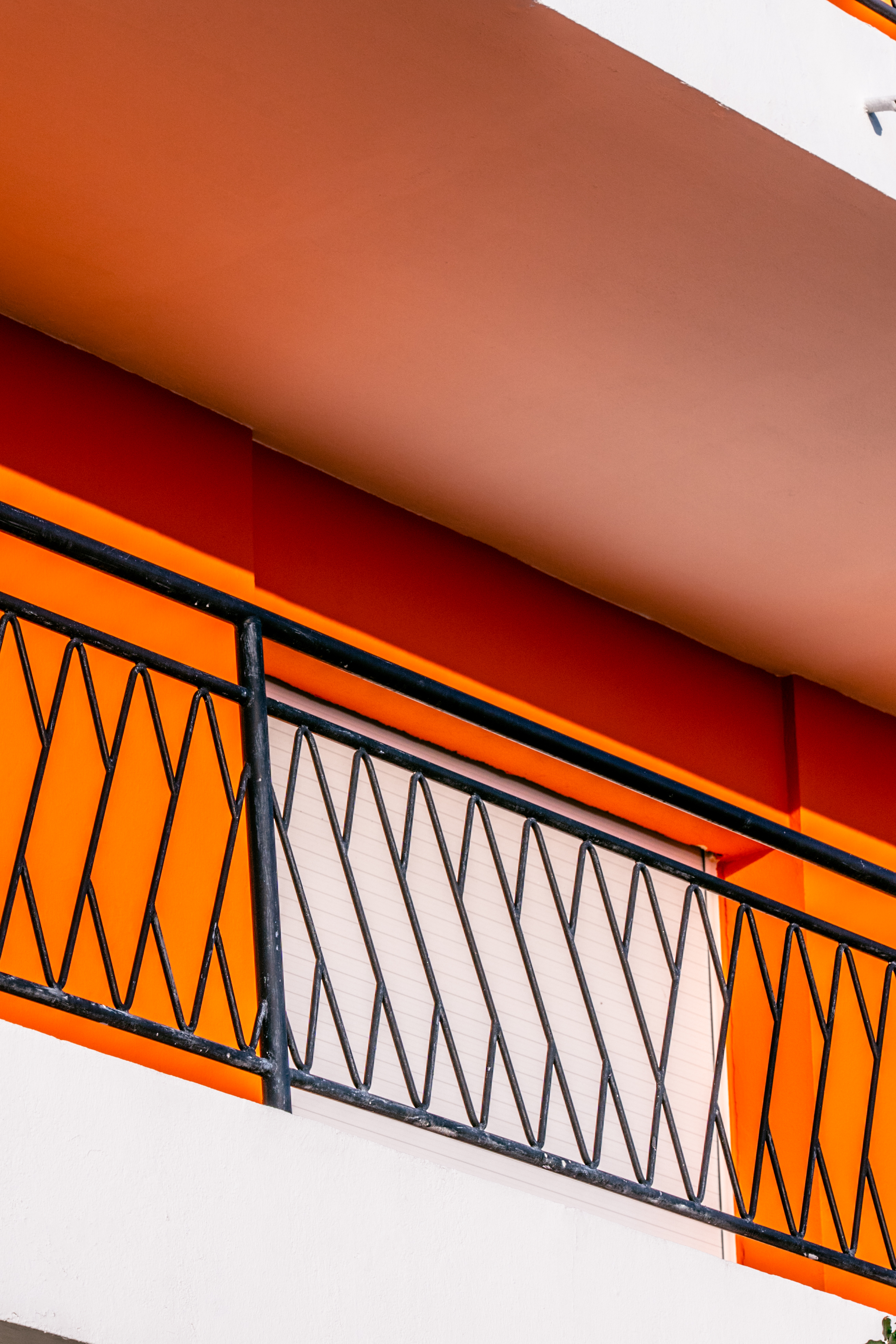
Villa La Perriniere
Such preservation efforts and focused attention also work towards healing a collective wound: bombs destroyed 85 per cent of Royan in the Second World War. Tasked with the reconstruction, Bordeaux-based architect Claude Ferret led the charge to turn the city into a seaside resort with white concrete, curved structures, and a primary colour palette.
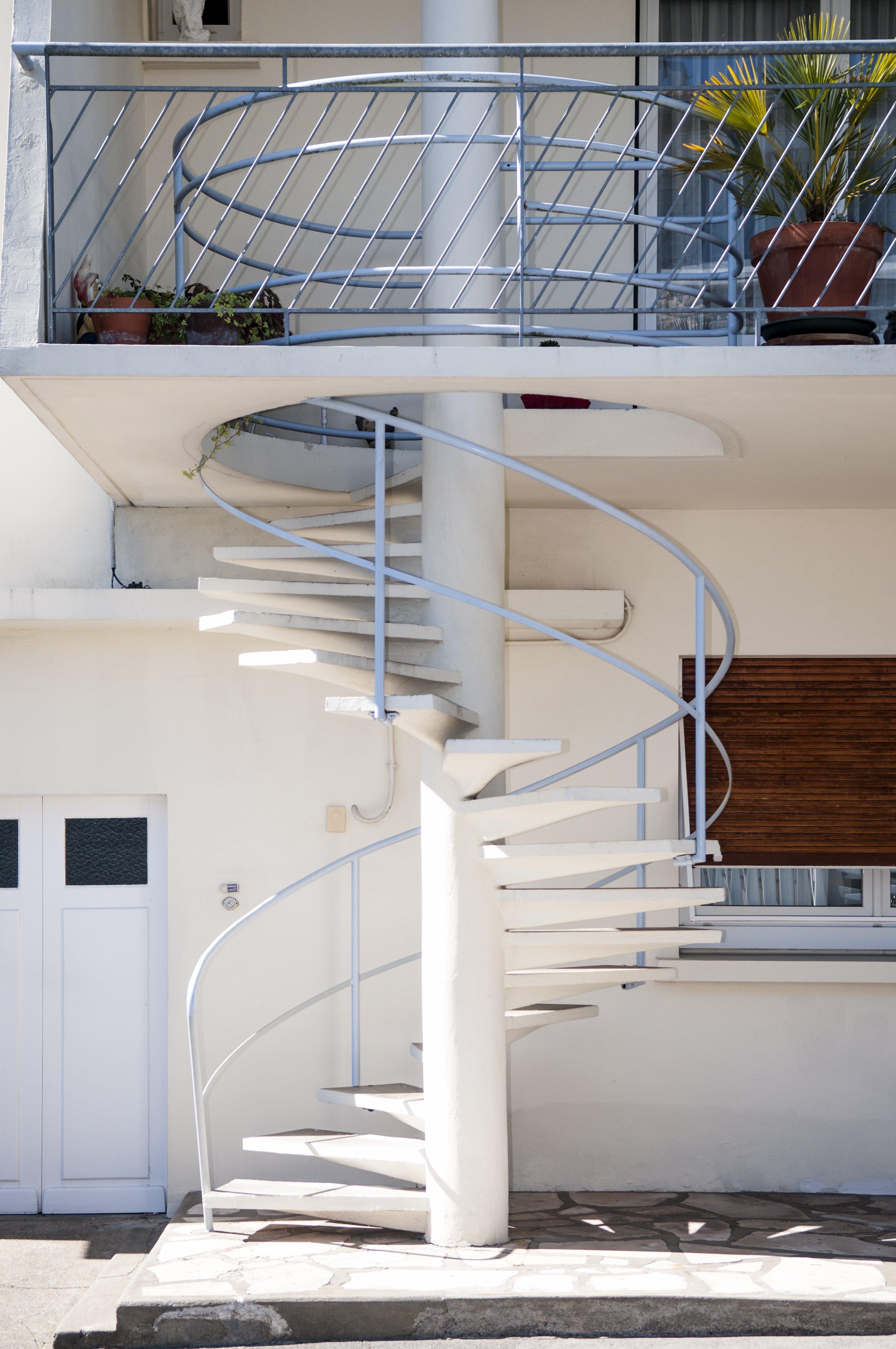
Villa la Marroniere
Oscar Niemeyer’s Pampulha resort particularly inspired him. Ferret’s work marked the start of Royan’s renaissance as a modernist coastal gem. Almost 75 years later, cue the city’s second comeback.
Receive our daily digest of inspiration, escapism and design stories from around the world direct to your inbox.

Front de mer patrimoine 15
Stacy Suaya is a Los Angeles-based writer focusing on design, architecture, and travel. Her stories have appeared in New York Times Styles, New York Times T Magazine, New York Magazine, Architectural Digest, Los Angeles Times, and more.
-
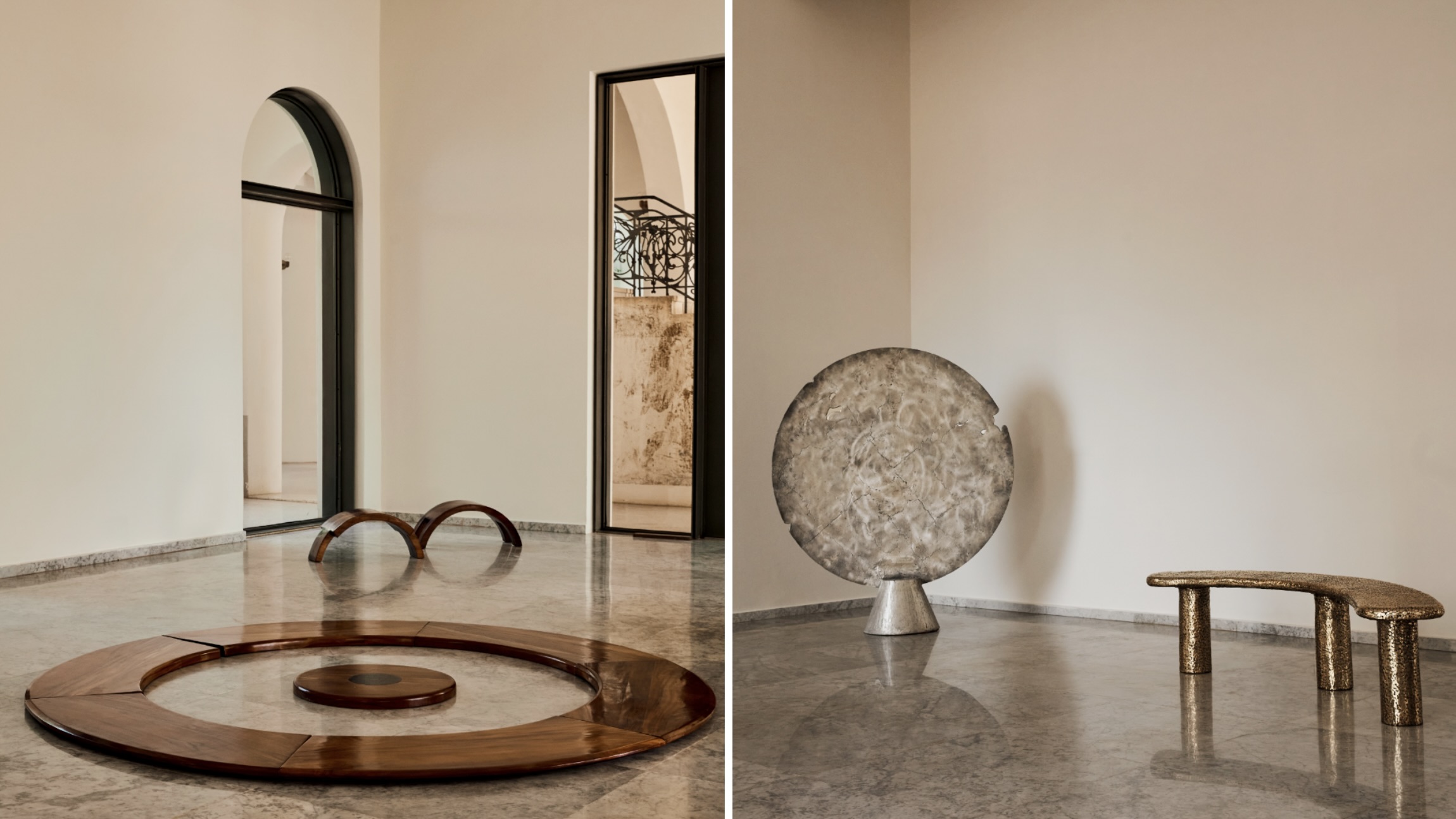 Togo's Palais de Lomé stages a sweeping new survey of West African design
Togo's Palais de Lomé stages a sweeping new survey of West African design'Design in West Africa' in Lomé, Togo (on view until 15 March 2026), brings together contemporary designers and artisans whose work bridges tradition and experimentation
-
 Vigilante’s 1979 Jeep Wagoneer features luxury trim, modern muscle and elevated styling
Vigilante’s 1979 Jeep Wagoneer features luxury trim, modern muscle and elevated stylingTexan restomod master Vigilante has created a new take on the classic Jeep Wagoneer, transforming the 1970s family SUV into a sleek, architectural powerhouse
-
 Australian studio Cordon Salon takes an anthropological approach to design
Australian studio Cordon Salon takes an anthropological approach to designWallpaper* Future Icons: hailing from Australia, Cordon Salon is a studio that doesn't fit in a tight definition, working across genres, techniques and materials while exploring the possible futures of craft
-
 The Architecture Edit: Wallpaper’s houses of the month
The Architecture Edit: Wallpaper’s houses of the monthFrom wineries-turned-music studios to fire-resistant holiday homes, these are the properties that have most impressed the Wallpaper* editors this month
-
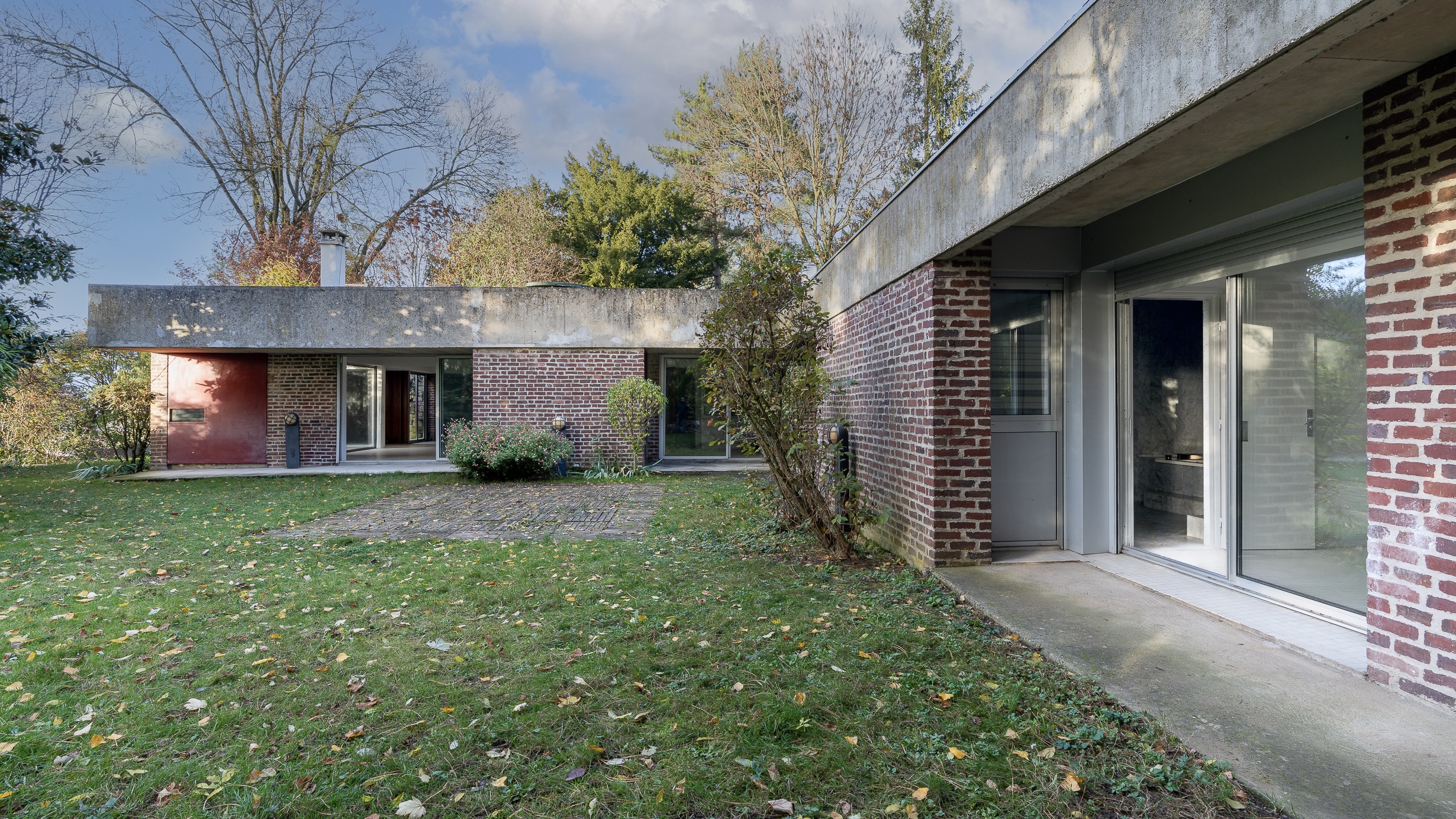 This modernist home, designed by a disciple of Le Corbusier, is on the market
This modernist home, designed by a disciple of Le Corbusier, is on the marketAndré Wogenscky was a long-time collaborator and chief assistant of Le Corbusier; he built this home, a case study for post-war modernism, in 1957
-
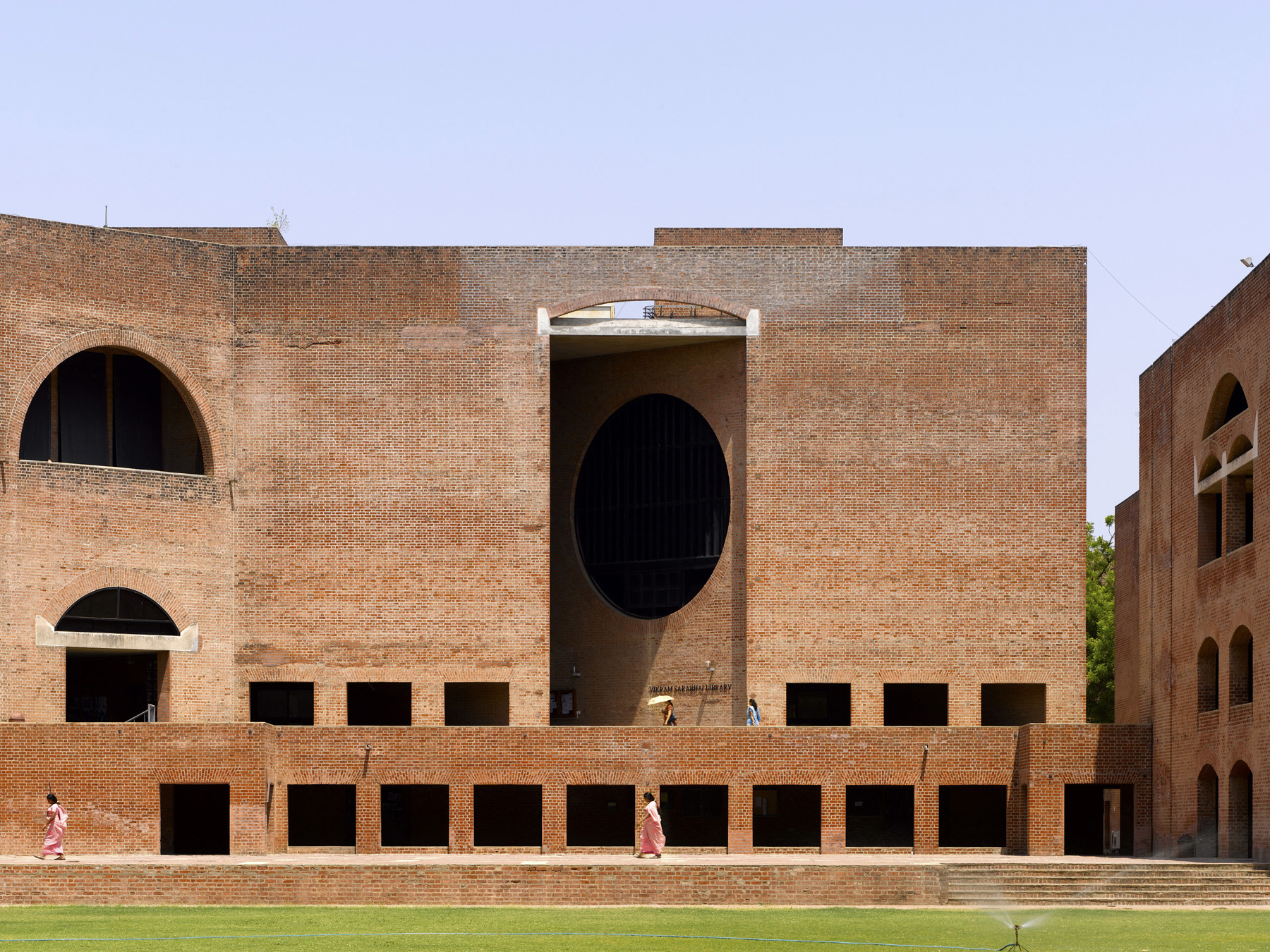 Louis Kahn, the modernist architect and the man behind the myth
Louis Kahn, the modernist architect and the man behind the mythWe chart the life and work of Louis Kahn, one of the 20th century’s most prominent modernists and a revered professional; yet his personal life meant he was also an architectural enigma
-
 The Architecture Edit: Wallpaper’s houses of the month
The Architecture Edit: Wallpaper’s houses of the monthFrom Malibu beach pads to cosy cabins blanketed in snow, Wallpaper* has featured some incredible homes this month. We profile our favourites below
-
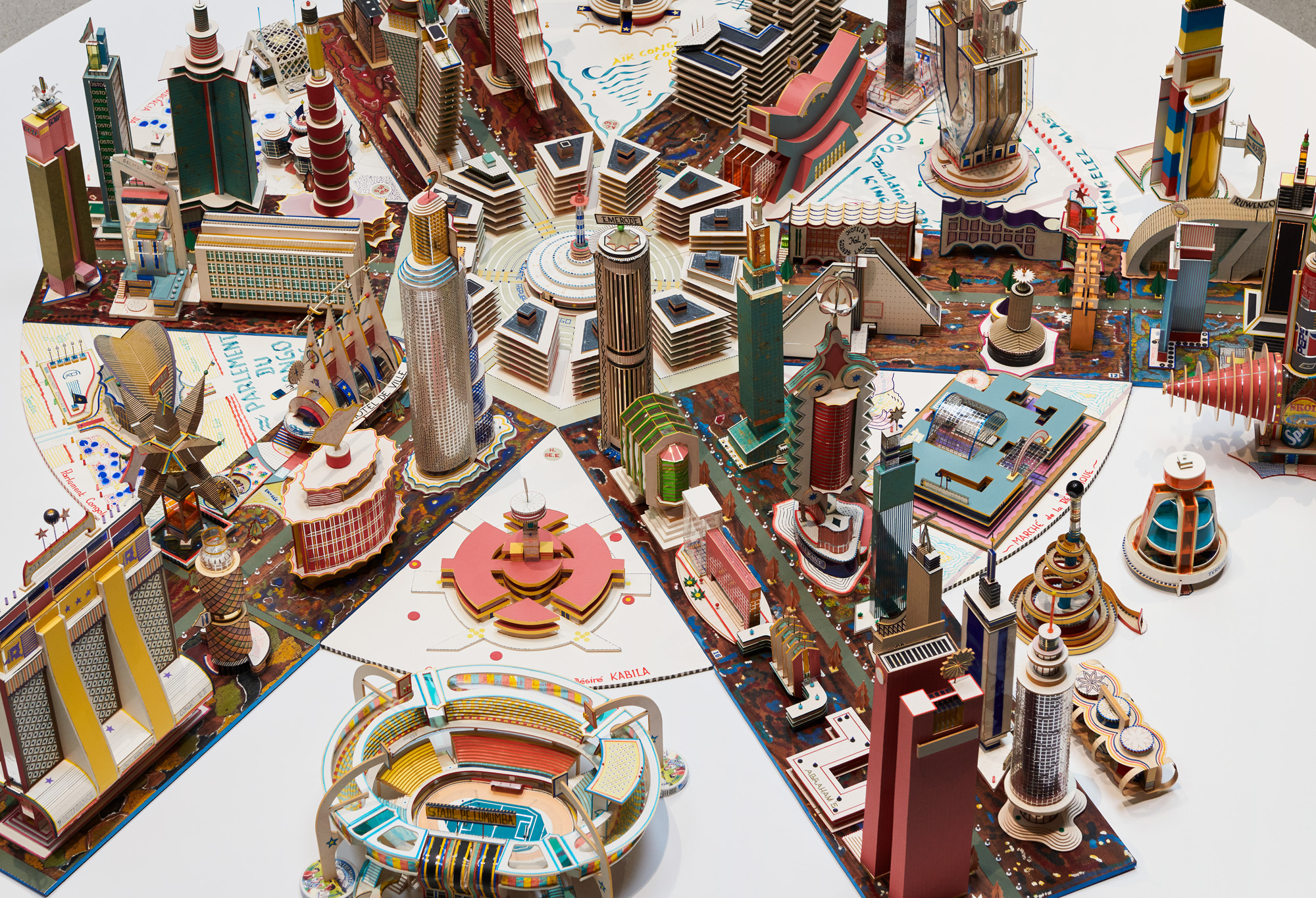 ‘You have to be courageous and experimental’: inside Fondation Cartier’s new home
‘You have to be courageous and experimental’: inside Fondation Cartier’s new homeFondation Cartier pour l'art contemporain in Paris invites us into its new home, a movable feast expertly designed by Jean Nouvel
-
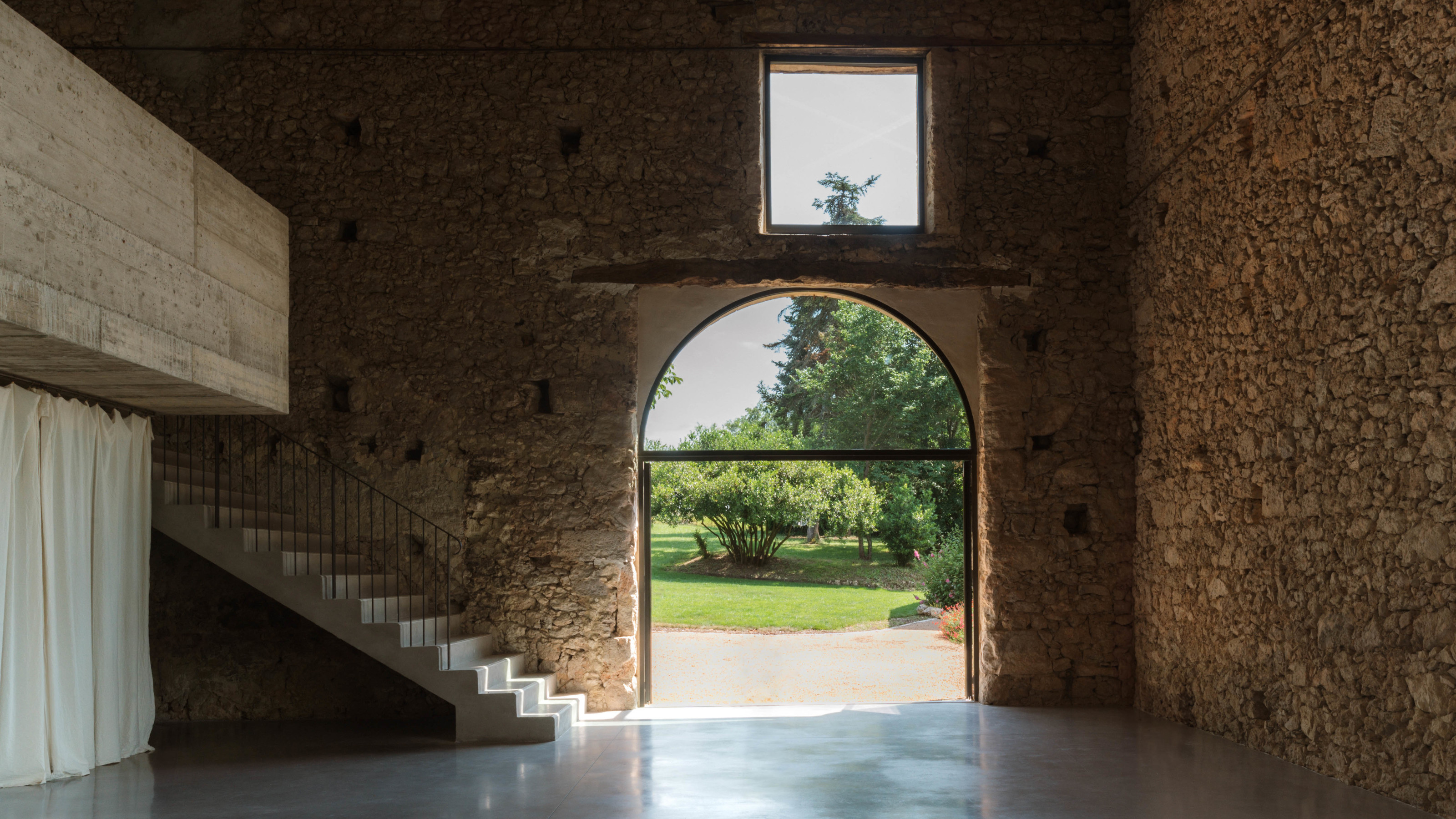 A wellness retreat in south-west France blends rural charm with contemporary concrete
A wellness retreat in south-west France blends rural charm with contemporary concreteBindloss Dawes has completed the Amassa Retreat in Gascony, restoring and upgrading an ancient barn with sensitive modern updates to create a serene yoga studio
-
 Three lesser-known Danish modernist houses track the country’s 20th-century architecture
Three lesser-known Danish modernist houses track the country’s 20th-century architectureWe visit three Danish modernist houses with writer, curator and architecture historian Adam Štěch, a delve into lower-profile examples of the country’s rich 20th-century legacy
-
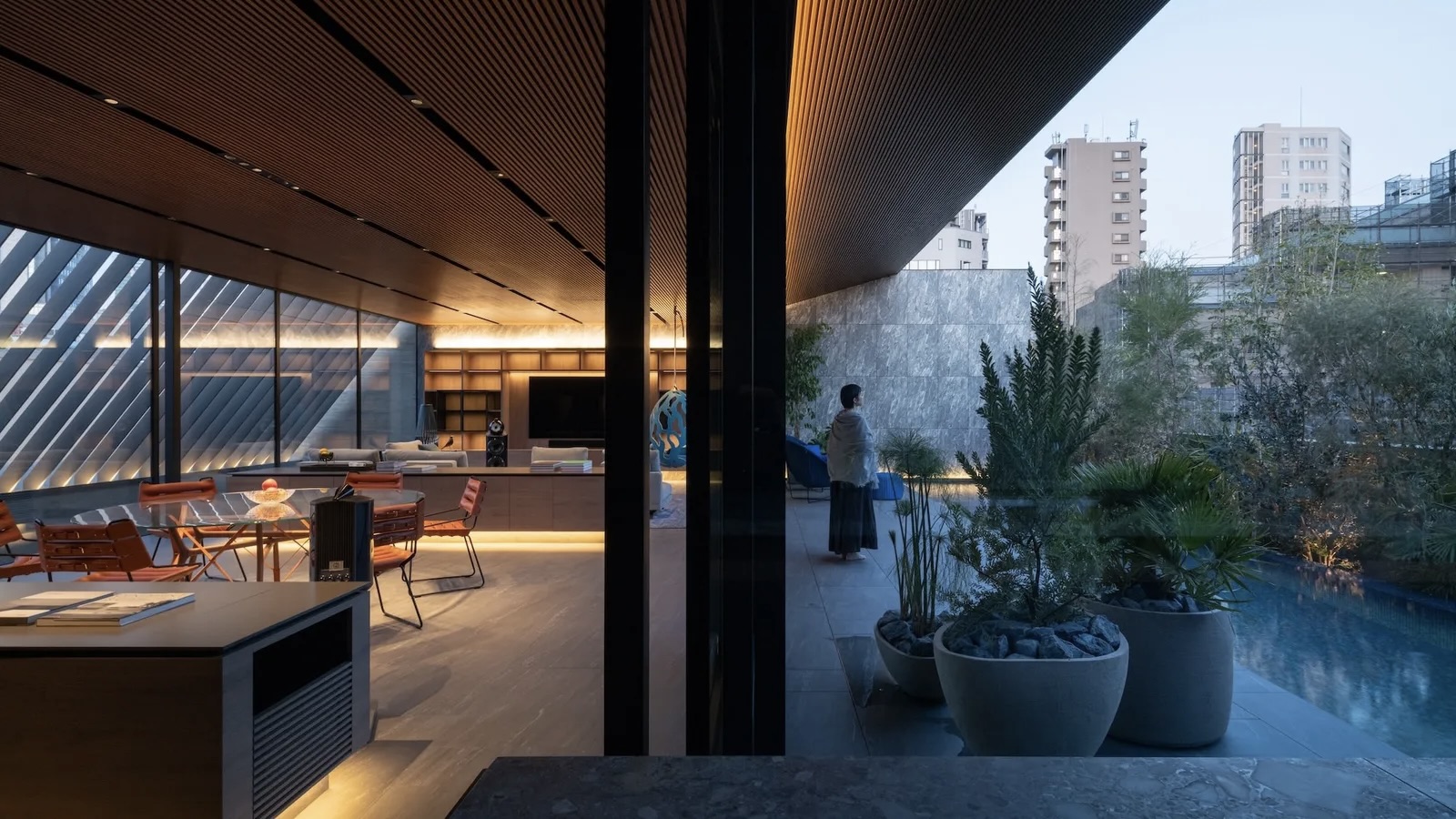 The Architecture Edit: Wallpaper’s houses of the month
The Architecture Edit: Wallpaper’s houses of the monthThis September, Wallpaper highlighted a striking mix of architecture – from iconic modernist homes newly up for sale to the dramatic transformation of a crumbling Scottish cottage. These are the projects that caught our eye